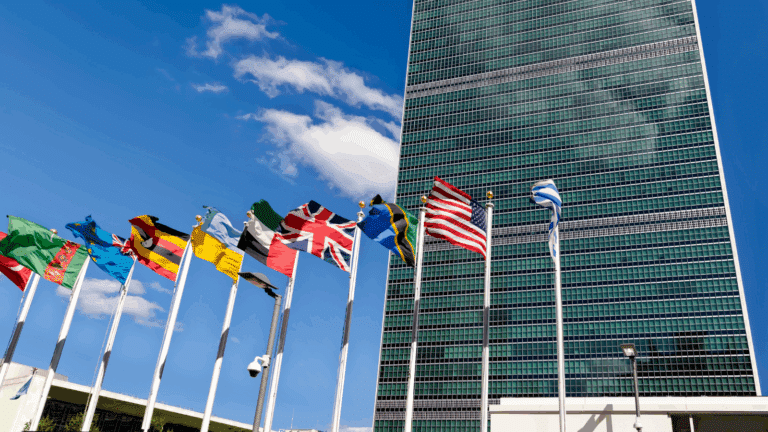Series Note
This paper is intended to be the first in a series by Columbia University’s Center on Global Energy Policy on perspectives on sanctions policy outside the United States. All too often, sanctions are presented and analyzed from the view of either the sanctioners or their targets. However, sanctions policy—particularly in our globalized economy and political system—affects a wide range of states and interests. This series will thus explore a wide range of perspectives on the subject, developing and contrasting opinions on sanctions as a tool and the means of employment. Future projects will consider the reactions of emerging markets and peer competitors of the United States. This series will, therefore, seek to inform policy makers as to the broadest dimensions of the use of sanctions, to inform businesses as to how various different jurisdictions perceive the tool and may seek to apply it in the future, and to inform academics how practitioners and those involved in the policy-making space outside the normal set of governments (like the United States) make decisions and why.
– Richard Nephew, Senior Research Scholar, Center on Global Energy Policy
Executive Summary
Sanctions are a key tool of foreign policy but have taken on greater salience over the last 20 years as governments have reached for leverage in negotiations but foregone the use of force. During this period, the alignment of the design and implementation of sanctions by the European Union and the United States has, on the whole, been an article of faith as the transatlantic allies have pursued mutual foreign policy objectives.
Yet despite the consistency of objectives, the bureaucratic structures, technical mechanisms, and processes by which the European Union and the United States design and implement sanctions differ significantly. These differences—always present—have been amplified by the current stresses in transatlantic relations and may be further exacerbated when the United Kingdom leaves the European Union in March 2019.
The reasons behind these differences are myriad and touch upon both structural matters (such as the construction of the European Union and the manner in which its member states can enact policy) and more philosophical matters, as the focus on due process and human rights in EU sanctions policy demonstrates. But given the importance of transatlantic ties and cooperation in managing the sorts of problems that sanctions are usually developed to address, it is important for both the United States and the European Union to work through these differences.
Toward that goal, this paper provides a European perspective on US sanctions activity, where there are differences in approach, in particular EU attitudes toward secondary sanctions put in place by the United States, and it explains the complications that may result from the United Kingdom’s withdrawal from the European Union. The paper concludes with recommendations for how the European Union can address the challenges it faces in achieving an effective sanctions policy. In short, it recommends the following:
- The European Union should work through its structural issues to create a more decisive and effective EU sanctions policy. The implementation and enforcement of sanctions at the member state level must be improved, and a formal EU-level sanctions body is needed to independently monitor compliance with sanctions across the European Union.
- A clear mechanism for ensuring the coordination and effectiveness of EU-UK post-Brexit sanctions policy must be established. The global centrality of both the European Union’s economy and the United Kingdom’s financial sector combine to present a powerful sanctions force and must thus be closely coordinated to ensure maximum effectiveness.
- The European Union should directly address the matter of human rights exemptions by incorporating it as a key consideration of the EU-level sanctions body identified in the first recommendation. The European Union should establish a clear channel for human rights exemptions throughout the lifetime of sanctions regimes.
- The European Union should consider its options to address the ability of non-EU actors to abuse EU-originating supply chains and financial services, which represents a considerable sanctions implementation vulnerability.
- Finally, though US-EU misalignment on sanctions is growing, policy makers must stay seized of the necessity to maintain and improve communications and coordination to prevent current schisms from having serious long-term effects on international security.




